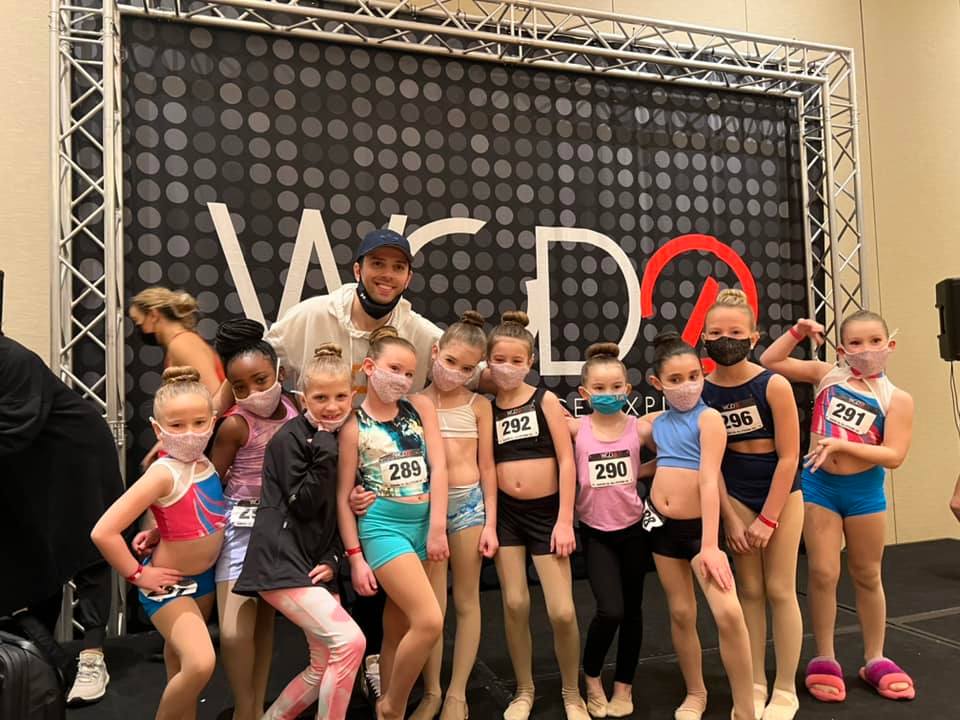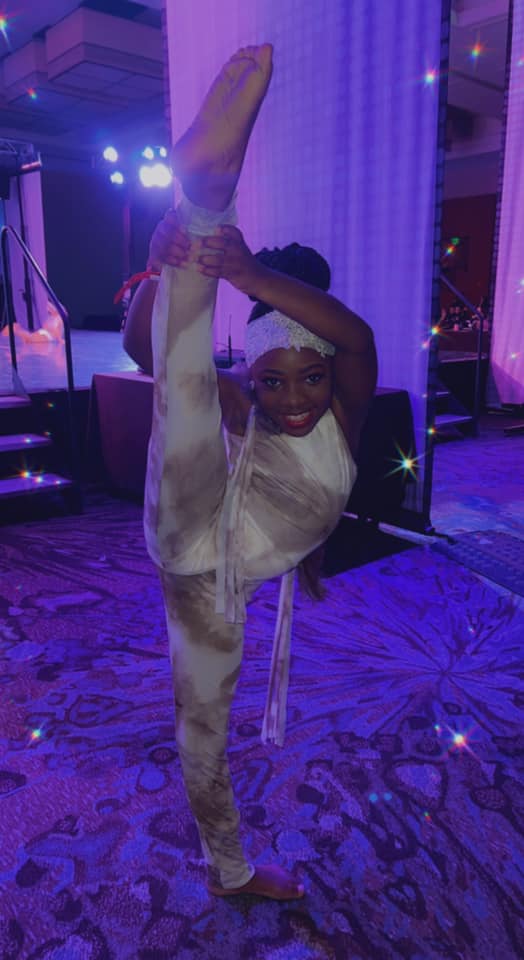Your child adores ballet and enjoys dancing in general. Sadly, the COVID-19 outbreak has forced studio closures worldwide. There is no place to practice, and lessons are postponed. Even so, they are still capable of dancing.
No special area is required for aspiring ballerinas to start moving. We can satisfy your child’s need for ballet if they have one. Continue reading for some basic ballet positions and movements that may be practiced at home.
What You’ll Need to Get Started
Ballet fundamentals don’t require expensive equipment to master. But the correct equipment can replicate the studio environment in your house. You will need the following to equip your tiny ballerina.
Slippers
Every dancer, regardless of age, needs a good pair of ballet shoes. Pointe shoes are not required for novices. Young dancers should instead begin wearing slippers. Choose shoes with a full sole and a rounded toe.
Order a half size bigger than you normally wear for shoes. It is simple to measure if you want to be certain of the correct size. You can find all the necessary information in our helpful guide.
Leotard
For exercising, sweatpants and a t-shirt are cozy. However, a leotard that fits tightly enables dancers to perceive the lines that their arms and legs form. Both long and short sleeves are available for leotards. Some of them come with a skirt.
Tutus are typically worn on stages. However, there are none at home. Why not choose a tutu or maybe a ballerina dress just for fun?
Tights
Add some footed tights to complete the look. Don’t forget to style your long hair in a traditional ballerina bun.
Ballet Positions: Fancy Feet
It’s time to start dancing now that your little dancer is prepared. The five fundamental ballet positions will be our first focus. Every school has a different set of related hand positions. So just focus on the feet for the time being. Dancers should get comfortable holding each pose and switching between them.
First Position
- Stand with heels together, with toes pointed outward.
- Feet ought to resemble a wide “V”
- Hold arms in front, nearly touching the thighs.
- Curve wrists inward.
Second Position
- Start with feet and arms in first position.
- Spread feet slightly, about shoulder-width apart.
- Raise your arms out to the side, almost in a “T” form.
Third Position
- Slide the right foot up to the inside of the left foot starting in the second position.
- Move arms into first position.
- The left arm remains in the first position.
- Lift the right arm just enough so that the fingertips are parallel to the hips.
Fourth Position
- Step the right foot forward from third position.
- Put your right arm in the second position by lifting it.
Fifth Position
- Turn out the right foot.
- Turn the other way and place the left foot behind the right.
- Toes and heels should touch.
- In a circular shape, lift arms above the head.
- Keep a space between the hands.
Ballet Positions: It’s All in the Arms
It’s time to practice arm positions now that your child has a handle on footwork. They are known as the port de bras in ballet.
En Avant: Arms Forward
- In front of the torso, hold arms.
- Slightly round them, as if hugging an imaginary tree.
En Haut: High up
- Hold arms above the head.
- Shoulders remain flat.
En Bas: Below
- Bring arms down to the sides.
- Palms point forward, toward the legs.
The Gateway
The resting ballet stance in between positions is known as The Gateway. Although it initially seems simple, it’s crucial to practice maintaining this position in precise alignment.
- In en avant position, hold the arms.
- Don’t lower the shoulders; only the arms. Shoulders should be somewhat above the elbows.
- Curve each hand, slightly cupped. Face palms inward.
- Align fingertips with the bottom of the breastbone.
- Keep hands slightly apart.
Put It All Together
These basic ballet stances can be taught without prior dance experience. Even young children can learn them because they are so simple.
Short sessions are beneficial for toddlers. Consider focusing on one or two movements at once, and take frequent rests. Older dancers might concentrate on perfecting their techniques.
All children require a lot of practice to become proficient in a skill. Of course, that doesn’t exclude you from having fun. Dance classes can and should be enjoyable.






